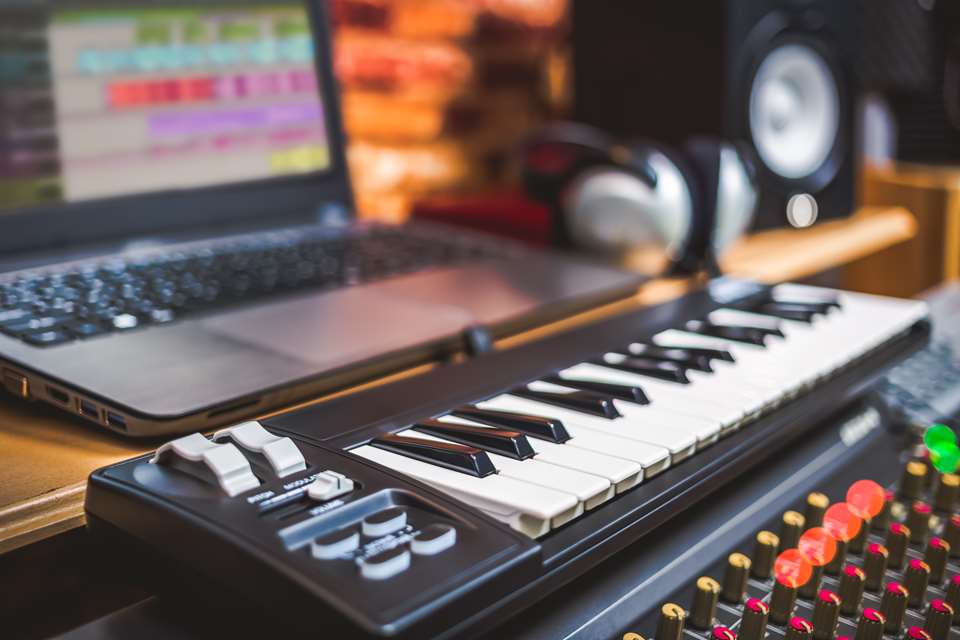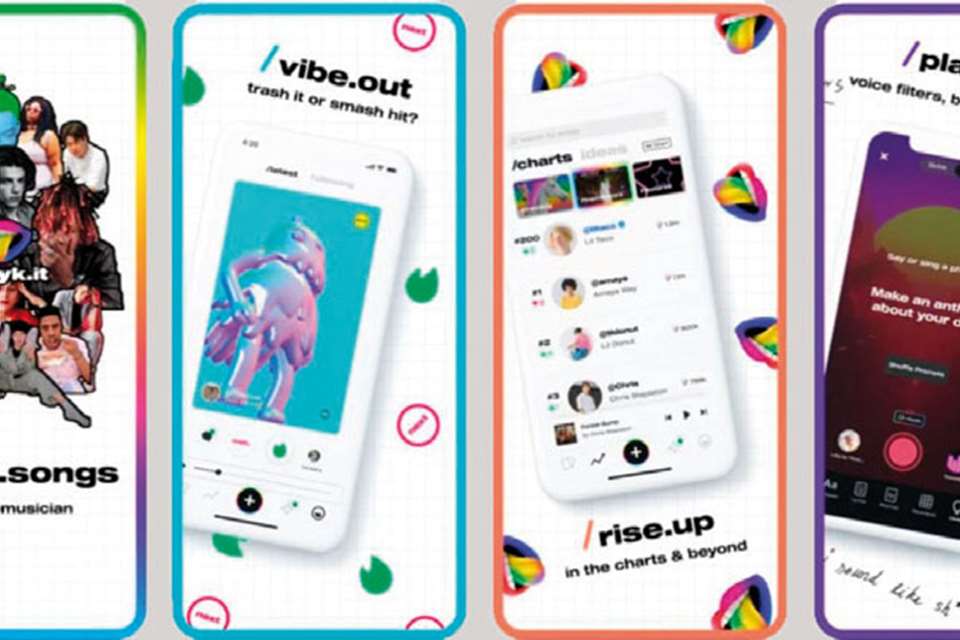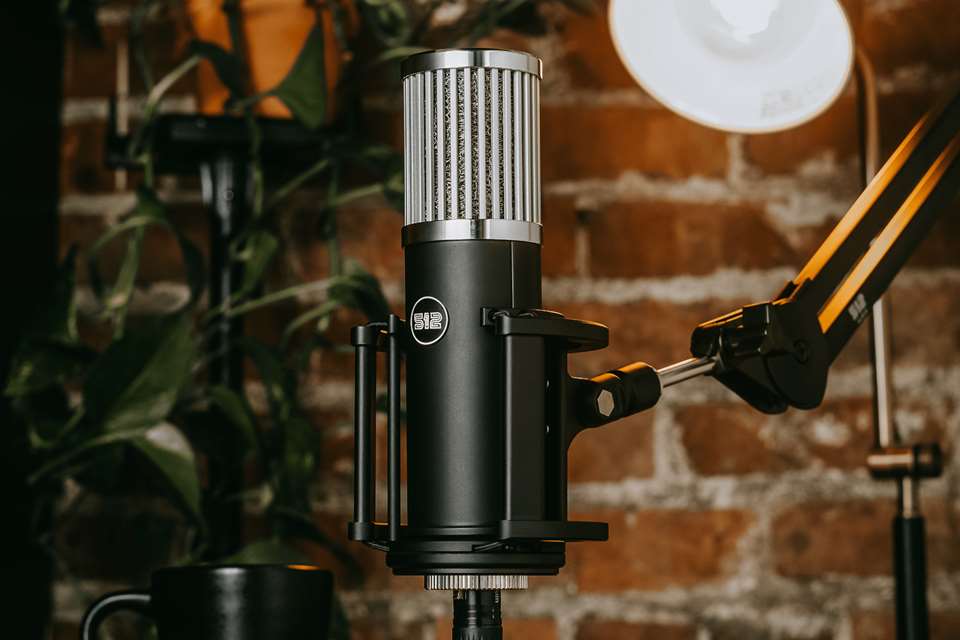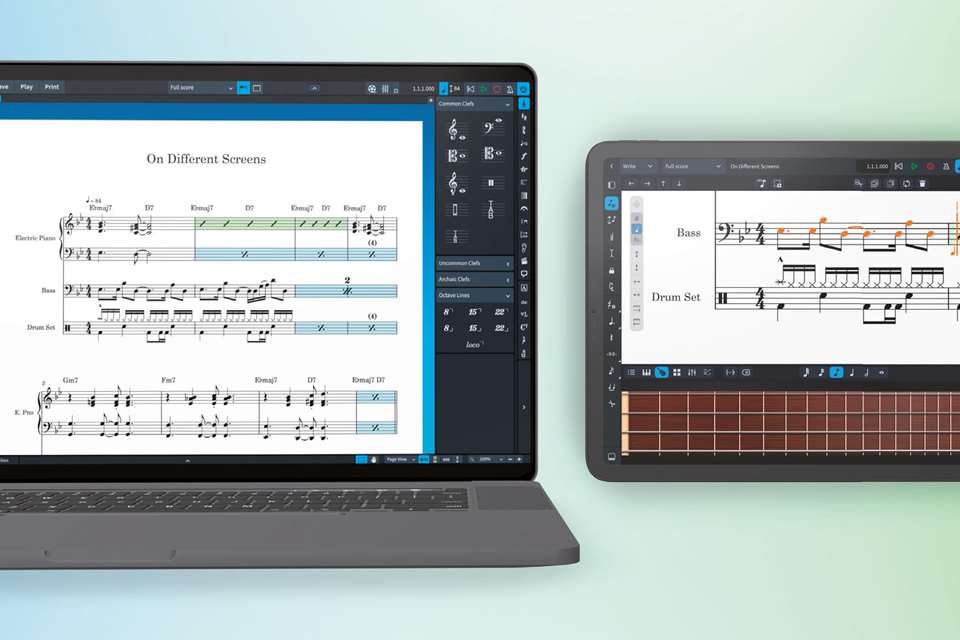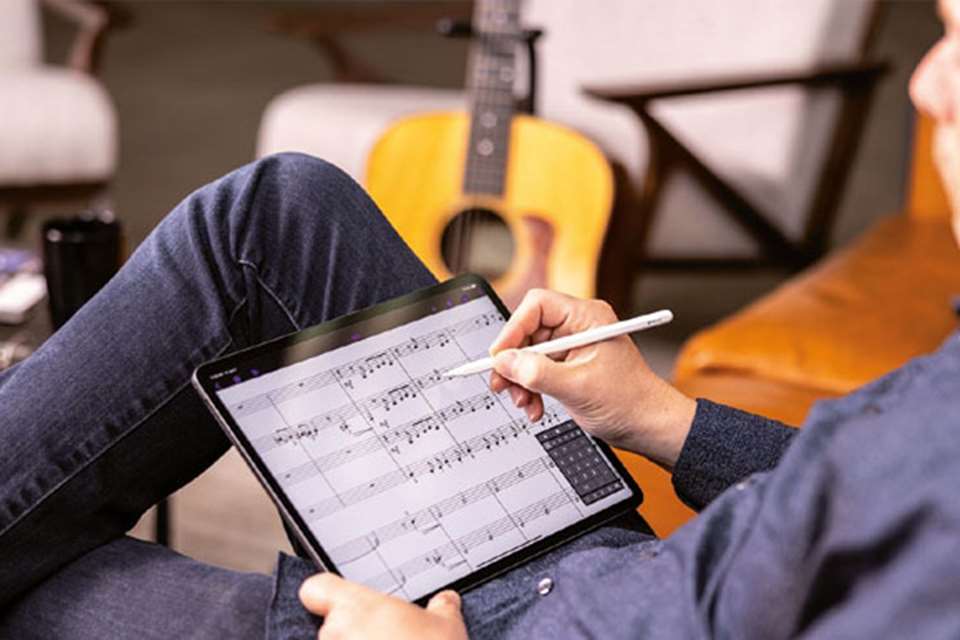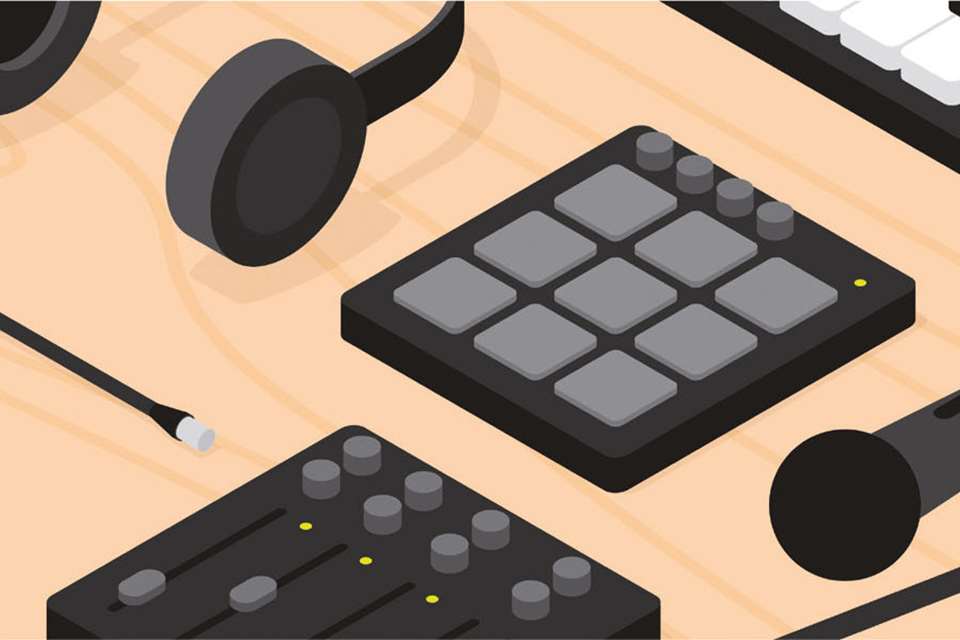Tech Column: Outside of the box
Liz Dunbar
Wednesday, December 1, 2021
In the final instalment of her series, Liz Dunbar shares some tried and tested musical applications of music technology beyond the classroom at KS3
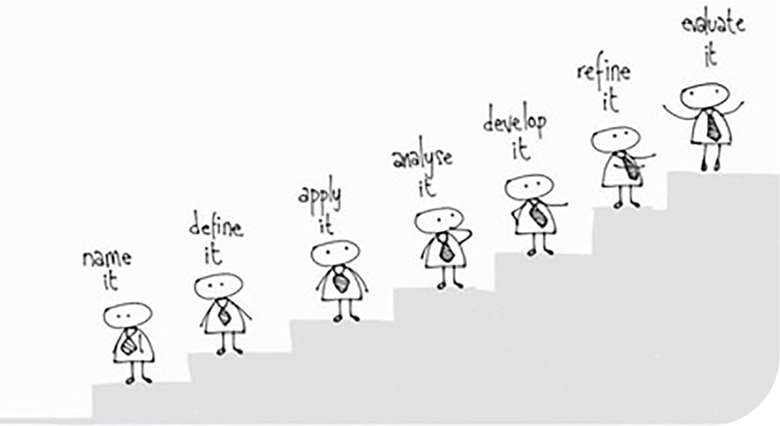
This is the third in a three-part series on how music technology can be used to develop musicianship focusing on tried and tested Key Stage 3 remote and home work applications from the Music Department at Huntington School in York.
Approach this from a student's perspective
The work you set needs to be accessible to all students. That might sound obvious, but it's easy to forget how little access to technology some students have. Assume nothing. Think about screen size, and for students who don't have any devices at all, create a welcoming space in the department where students can work at lunchtime or after school.
Design everything with a phone in mind, and if you are going to be setting recording or editing tasks, think about what can be realistically achieved on a QWERTY or touchscreen virtual keyboard.
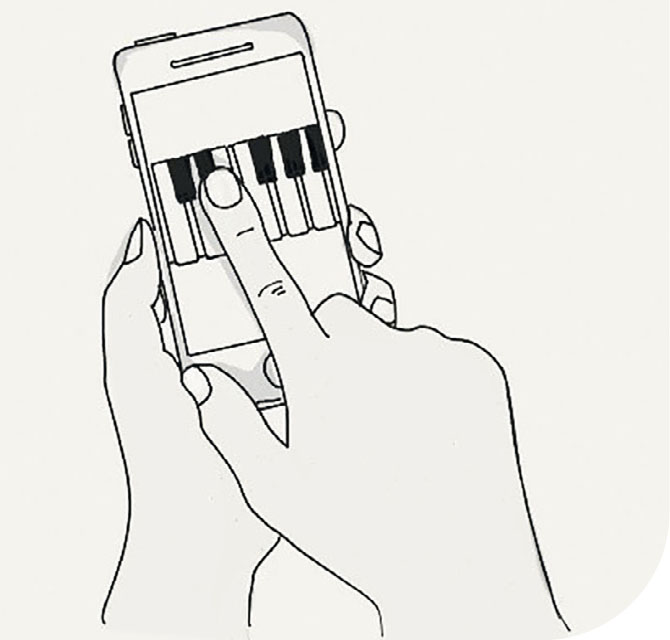
Things to consider
- Have you provided a variety of live models in sound ahead of the task being set?
- Have you filmed the modelling process for students to refer to when they are away from the classroom?
- Do the tasks reinforce, extend, or enrich students' musical understanding?
Think about the best use of your expertise and time
- Create self-marking Google Forms with embedded audio and video to free you up to make video tutorials that illustrate, explain, and model work for consolidation and revision.
- Devise frameworks in online sequencing packages that enable students to become increasingly autonomous.
Things we've learnt at Huntington
- You need half a term's worth of material ready to go in week one of a project. That's because some students will fly through the resources and want more on the same day you set the work, and you are unlikely to have the time to respond there and then. Having a whole sequence of material ready for these students is a life saver, and students are thrilled to be able to move on straight away.
- Avoid setting too many tasks that haven't been modelled or discussed in a lesson. After all the effort you have gone to, you want students to stay to the end of a remote task, and not give up after question one.
- In the early stages at least, make 80 per cent of questions or tasks about practice and consolidation. Listen to your students' feedback to find the right balance.
- Store resources on shared drives so that everyone in your team has access to edit and contribute to one bank of materials. Uniformity is essential.
- Encourage students to talk about tasks and collaborate. Students engaging in analytical musical discussion beyond the classroom is great for consolidation and confidence. It's not always about gathering marks. If you need a mark, just let students know that you would like an individual rather than a collaborative response.
Tried and tested listening and analysis questions
Using multiple-choice questions for self-marking tests
Pitch
- Is ‘x’ higher, lower, or the same as ‘y’?
- How many different pitches are used in this phrase? (keep the number low)
Melodic shape
- Which of the following best describes the melodic shape?
- Use the lyrics to identify the highest note sung?
Harmony – chord identification
- Which of the four chords is minor?
- The extract begins with chord ‘x’ – locate two more places in the phrase where chord ‘x’ is used again.
Tonality
- When does the music move from being minor to major?
Texture
- How many parts make up the texture (keep it simple)
- Identify where the texture is unison
- Identify the bar where the texture is at its most dense
Dynamics
- Locate a crescendo in the passage featuring brass
- As the tempo quickens, the dynamics drop to piano. True or false?
Rhythm
- Which of the following is the correct version of the rhythm in bar ‘x’?
- Locate a bar that features syncopation in the percussion.
Tempo
- At what point does the tempo suddenly become much faster?
Timbre
- Name the playing technique used by strings in the intro
- When does the brass section enter for the first time?
- Here's a different arrangement to ours where the vocal line is played by an instrument. Name the instrument.
Structure
- Where does the opening melody return?
- Using the letters A, B and C, label each of the six sections to describe the structure.
- Is the material in bars ‘x’ to ‘y’ the same as in bars ‘a’ to ‘b’, or has it been modified?
Comparison questions
- When the melody/rhythm/harmony repeats, how does it differ to the original?
- Compare these two versions of the first phrase – is the second version identical, different at the start, different at the end?
- Here's a different arrangement to ours – describe the differences in terms of tempo, metre and forces.
Tried and tested ‘error spotting’ and ‘fixing’ tasks
- There are three pitch/rhythm errors in my recording. Locate and correct them. Hit save.
- Listen to my arrangement of bars ‘x’ to ‘y’. Focus on the third track. Identify the problem. Fix it and hit save.
- Listen to my melodic improvisation in bar ‘x’. The pitch is great, but the rhythm is all over the place. Make it more believable and hit save.
Once you get into the zone, you'll come up with plenty more.


